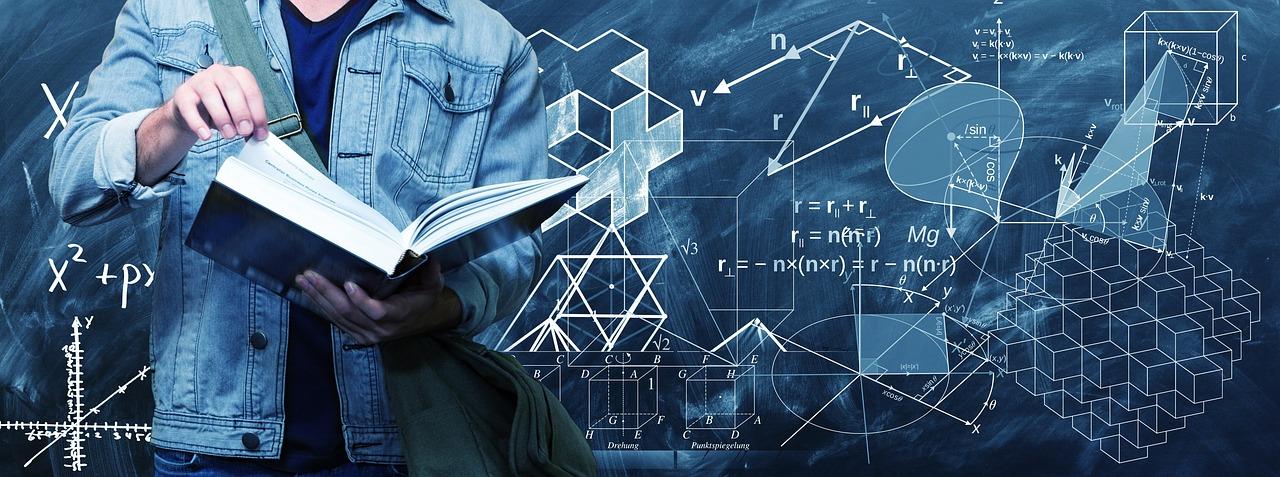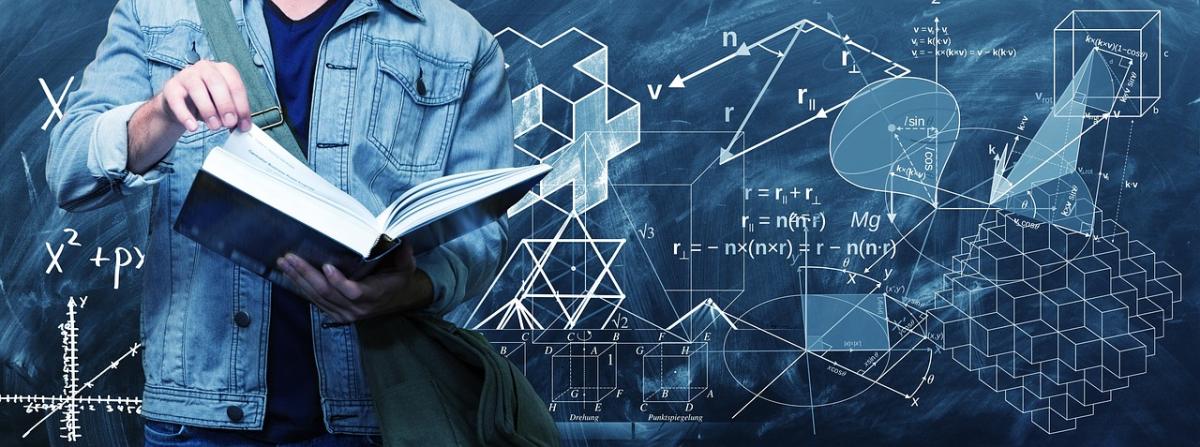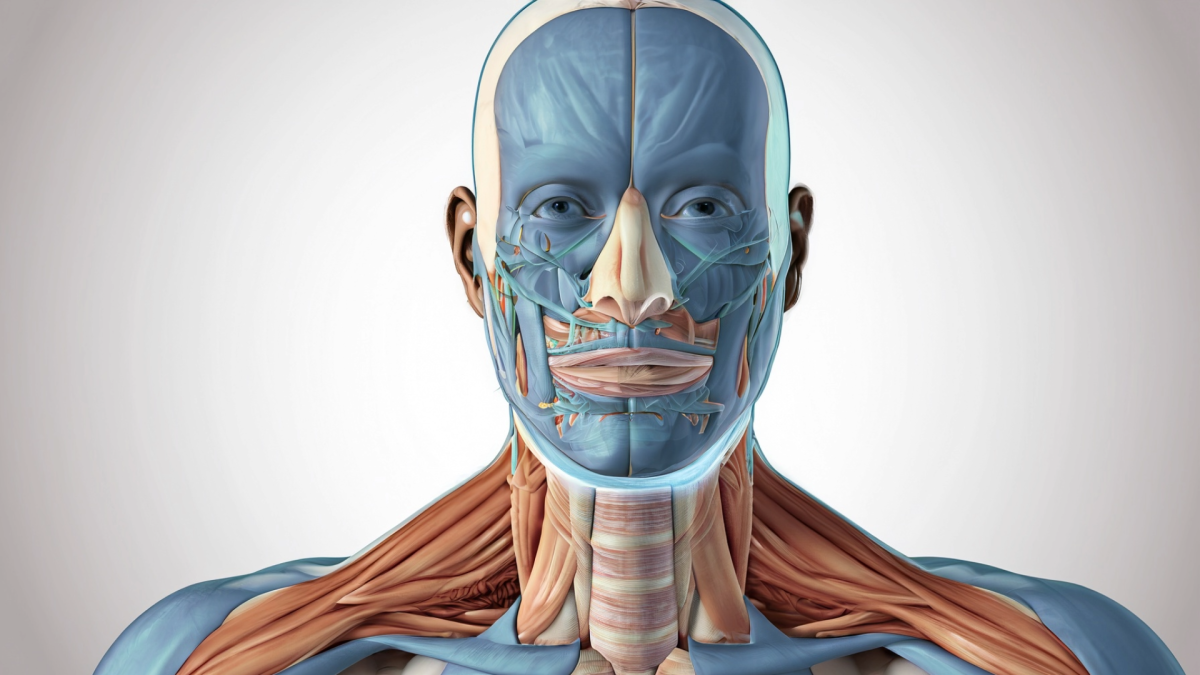
Calorimetry: Measuring the Calories in Food
by Janet Anderson
This hands on activity uses calorimetry to determine the calorie content of snack food. Different samples of snack foods are burned and the temperature change of surrounding water is measured. This temperature change is used to calculate the calories released from each sample. The calories per gram are then calculated and compared to the information on the nutritional label for the specific snack. Students are expected to make a claim, provide evidence and reasoning why there may be a difference in values.
Lesson Plan Link/URL
https://docs.google.com/presentation/d/1hM4CuJU6lKTVzitZK5_yJ4yuiGtykZFg/edit?u…Subject Area
Science Physical Science P4: Energy Transfer Mathematics Operations and Algebraic Thinking (OA)
Featured
Off
Related Content

Grades:
6th Grade, 7th Grade, 8th Grade, 9th Grade, 10th Grade, 11th Grade, 12th Grade
In this lesson students use a Pocketlab Voyager to collect data on a toy car as it goes down a track. Analysing the data, students calculate gravitational potential energy and Kinetic energy of the

Grades:
6th Grade, 7th Grade, 8th Grade, 9th Grade, 10th Grade, 11th Grade, 12th Grade
This lesson is intended to be an introduction to teach students how to use the PocketLab Voyager. It covers how to connect the Voyager to your device, using Pocklab Notebook, collecting and analysing

Grades:
9th Grade, 10th Grade, 11th Grade, 12th Grade
This STEM Argumentative Research Project engages students in exploring the scientific, ethical, and societal implications of themes in Mary Shelley's "Frankenstein." Students will work in groups to